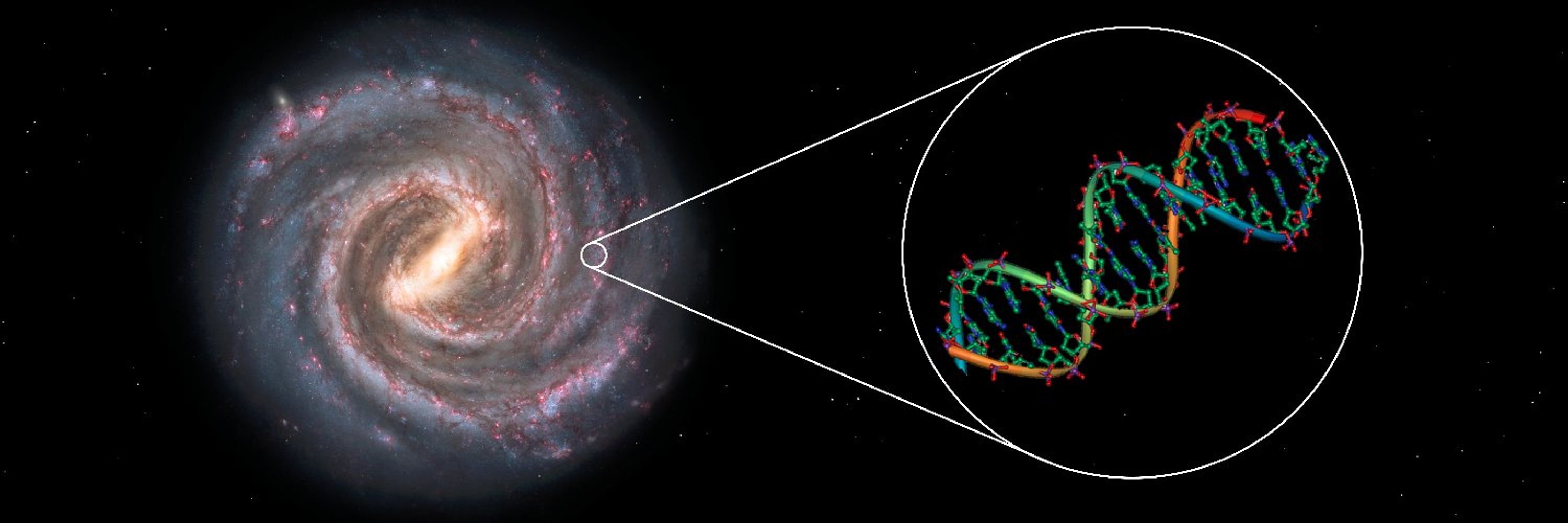

Read more in our press release published on the website of our HIFOL initiative @mpi-astro.bsky.social.
=> mpia.de/en/research/...
Thanks to Mijin Lee, Dmitry Semenov, and Thomas Henning for the great joint effort.

Read more in our press release published on the website of our HIFOL initiative @mpi-astro.bsky.social.
=> mpia.de/en/research/...
Thanks to Mijin Lee, Dmitry Semenov, and Thomas Henning for the great joint effort.

What are your thoughts? Let me know!

What are your thoughts? Let me know!





Hope you enjoy reading it!
Hungry for more drama? Read here more about the sugar ribose, another building block of the RNA world, sharing the same “impacting” 😉 story: doi.org/10.3390/life...
8/8
Hope you enjoy reading it!
Hungry for more drama? Read here more about the sugar ribose, another building block of the RNA world, sharing the same “impacting” 😉 story: doi.org/10.3390/life...
8/8
7/8
7/8
6/8

6/8

